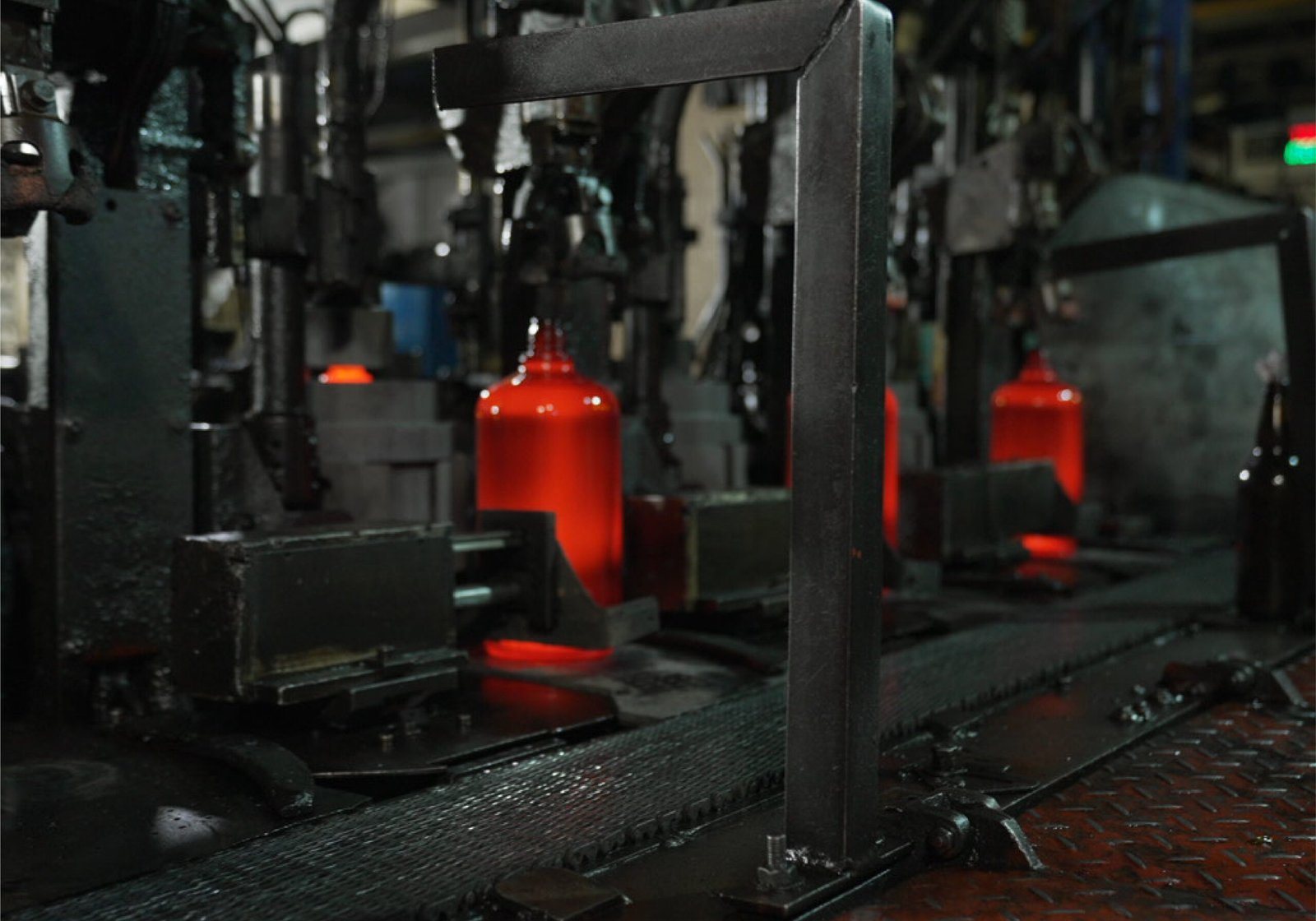
The art of brewing beer is a rich and diverse realm, with each beer style offering a unique blend of flavours, aromas, and appearances. A crucial ingredient in many beers is hops, which not only contribute bitterness but also bring aroma and aid in preservation. Hops come in a wide variety of types, each possessing its own distinctive aromas that play a vital role in shaping a beer's character.
The magic of hops lies in their terpene profile, the combination of different terpenes within these hop flowers or pellets. While often overlooked, terpenes have a profound impact on a beer's taste, scent, and overall quality. Some common terpenes found in hops include Myrcene, Caryophyllene, and Humulene. These terpenes are natural compounds present in various plants, including hops and cannabis, responsible for the unique fragrance and flavour characteristics of these plants. In the craft beer context, these terpenes are carefully extracted and utilized to influence the sensory attributes of the brew. They provide a diverse range of flavours and aromas, from citrusy and fruity to earthy and piney, making them useful complements to the brewing process.
Terpenes are often described as nature's aromatic architects, responsible for the distinctive aromas of flowers, the zesty notes of citrus fruits, the calming aroma of pine forests, and even the earthy tones of freshly turned soil. They are the key players in creating captivating aroma and flavour profiles that distinguish different plant species. This incredible diversity makes terpenes invaluable in the brewing process.
Brewers can harness the potential of terpenes to shape the sensory characteristics of their beer, creating a symphony of scents and flavours that engage the senses. The careful extraction and use of terpenes impart unique aromas and flavours to the brew, taking it to a level of complexity beyond traditional brewing.
The outcome is a sensory journey that can range from the bright and citrusy notes of lemon and orange, evoking a sunny day in a citrus grove, to the earthy and resinous undertones reminiscent of a tranquil forest hike.
Terpenes are renowned for their capacity to mimic and amplify flavours found in diverse fruits, herbs, and spices. This property enables brewers to create beers with subtle and layered flavour profiles. A batch of the Native Series collection with organic terpenes may offer an innovative approach that aligns perfectly with the core principles of the craft beer revolution.
Humulene, a terpene found in noble hops such as Saaz and Hallertau, contributes a floral and slightly spicy aroma, making it an excellent choice for classic lagers and pilsners. Craft brewers often use terpene-rich hops to create seasonal and limited-edition releases, selecting hops with specific terpene profiles to evoke the essence of the season. A winter ale, for example, could be infused with hops that contain piney and resinous terpenes, resulting in a warm and pleasant flavour reminiscent of snowy woodland.
In essence, terpenes act as the magic wands of craft brewers, allowing them to weave a sensory tapestry that captivates the palate and engages the imagination. The use of terpenes not only honours the principles of the craft beer revolution but also enables customers to go on an authentic tasting trip, where nature's aromatic architects act as guides and every beer is a masterpiece. Beyond enhancing aroma and taste, terpenes also influence the mouthfeel of beer. Terpene-rich hops can contribute to a richer and smoother texture in beer, giving it a more rounded and pleasing character and improving the entire drinking experience.
A study found that hops from plants can be used as an addition in the creation of unique brews, increasing both stability and shelf life. This helps to create an authentic product with subtle and aromatic richness.

Terpenes have undergone scientific scrutiny and have been found to possess therapeutic and medicinal properties. These properties encompass a wide spectrum, ranging from their ability to reduce inflammation, alleviate anxiety, and even show promise in combating tumours. What's promising is the growing body of clinical research that continues to support these findings.
In addition to their medicinal attributes, terpenes also evoke various reported effects that can be quite appealing. These effects include inducing calmness, promoting relaxation, boosting energy, enhancing focus, and even fostering creativity. This versatility makes terpenes an intriguing choice for inclusion in functional beverages.
While terpenes are commonly associated with cannabis, it's worth noting that they are also present in hops. Both cannabis and hops belong to the same plant family, known as Cannabinaceae, and they share several terpenes in common. These shared terpenes include myrcene, beta-caryophyllene, and humulene.
Craft brewers across the world are continuously experimenting with new terpene combinations, resulting in a diverse selection of beers appealing to a wide spectrum of tastes. This experimentation not only excites seasoned beer enthusiasts but also invites newcomers to explore and appreciate the rich flavours of craft beer.
Moreover, terpenes open the door to exciting collaborations between breweries and local producers of aromatic plants, creating a new wave of experimental and boundary-pushing brews. If you're contemplating the addition of terpenes to your alcoholic beverages but are uncertain where to begin, here's a helpful list of terpenes often present in beers to steer you in the right direction.
- Myrcene: herbal and spicy; naturally occurring in herbs
- alpha-Terpineol: pine, lilac, floral; naturally occurring in mint
- beta-Caryophyllene: spicy, clove, woody; naturally occurring in allspice
- alpha-Pinene: pine and woody; naturally occurring in conifer trees
- Humulene: woody, earthy, spicy; naturally occurring in sage
- Limonene: citrus, fruity; naturally occurring in lemons
- Geraniol: Rosey, floral; naturally occurring in lemongrass
- Linalool: floral, citrus, sweet; naturally occurring in lavender
For instance, myrcene is often included in beverages not just for its aromatic qualities, which offer a balsamic, peppery, and spicy character, but also for its documented sedative properties that bring a sense of calm. Meanwhile, limonene, typically associated with the zesty aroma and flavour of lemons and citrus fruits, contributes a sweet, citrusy profile with the invigorating vibrancy that citrus is known for.
Linalool, responsible for the calming effects associated with lavender, can be a delightful addition to wheat ales. Its floral notes harmonise beautifully with the beer's sweet yet slightly spicy flavours. Lastly, pinene infuses a beer with the uplifting and forest-fresh scent of fir trees, lending not only unique flavours and aromas but also the invigorating essence of nature.













